Perimeter Problem Solving Worksheets
Perimeter problem solving worksheets are an excellent educational tool designed to help students enhance their understanding of finding the perimeter of various shapes. These worksheets provide a valuable resource for teachers and parents looking to engage students in meaningful practice and reinforce their knowledge of this mathematical concept. By actively participating in activities that require measuring, counting, and calculating, students can solidify their understanding of perimeter and build their problem-solving skills.
Table of Images 👆
- Second Grade Math Worksheets
- Area and Perimeter Word Problem Worksheets
- Area and Perimeter Worksheets
- 4th Grade Math Word Problems Worksheets
- 3rd Grade Math Word Problems Worksheets
- Triangle Worksheet
- 7th Grade Ratio Word Problems Worksheets
- Area and Perimeter Word Problems 4th Grade
- Math Graphic Organizers
- Adding and Subtracting Fractions Word Problems
- Telling Time Worksheets Word Problems
- Place Value Strategies in Math
- Find Four Consecutive Integers Whose Sum Is
More Other Worksheets
Kindergarten Worksheet My RoomSpanish Verb Worksheets
Cooking Vocabulary Worksheet
DNA Code Worksheet
Meiosis Worksheet Answer Key
Art Handouts and Worksheets
7 Elements of Art Worksheets
All Amendment Worksheet
Symmetry Art Worksheets
Daily Meal Planning Worksheet
What is the perimeter of a rectangle with length 5 units and width 3 units?
The perimeter of a rectangle is calculated by adding up all the sides, so for a rectangle with length 5 units and width 3 units, the perimeter would be 2 times the length plus 2 times the width, which is (2 * 5) + (2 * 3) = 10 + 6 = 16 units.
If a square has a perimeter of 24 units, what is the length of each side?
The length of each side of the square is 6 units.
A triangle has side lengths of 4 units, 5 units, and 6 units. What is the perimeter?
The perimeter of the triangle with side lengths of 4 units, 5 units, and 6 units is 15 units. This is calculated by adding the lengths of all three sides: 4 + 5 + 6 = 15.
What is the perimeter of a regular hexagon with each side measuring 8 units?
The perimeter of a regular hexagon with each side measuring 8 units is equal to 48 units. This is because a regular hexagon has six equal sides, so you can find the perimeter by multiplying the length of one side (8 units) by the total number of sides (6).
If a parallelogram has side lengths of 10 units and 6 units, what is its perimeter?
The perimeter of a parallelogram is calculated by adding the lengths of all its sides. Since a parallelogram has opposite sides equal in length, the perimeter would be equal to twice the sum of the side lengths. Therefore, the perimeter of a parallelogram with side lengths of 10 units and 6 units would be 2*(10+6) = 2*(16) = 32 units.
What is the perimeter of a circle with a radius of 5 units?
The perimeter of a circle is also known as its circumference and is calculated using the formula 2?r, where r is the radius of the circle. Therefore, for a circle with a radius of 5 units, the perimeter would be 2 x ? x 5 = 10? units or approximately 31.42 units.
A pentagon has side lengths of 7 units, 5 units, 6 units, 8 units, and 9 units. What is its perimeter?
The perimeter of the pentagon is calculated by adding all the side lengths together, giving a total perimeter of 35 units (7 + 5 + 6 + 8 + 9 = 35).
If the perimeter of a trapezoid is 32 units and the two parallel sides are of length 6 units and 10 units, what are the lengths of the other two sides?
To find the lengths of the other two sides of the trapezoid with a perimeter of 32 units, we subtract the sum of the lengths of the parallel sides from the total perimeter. With the parallel sides being 6 units and 10 units (6 + 10 = 16), the remaining length is 32 - 16 = 16 units, which is the combined lengths of the other two sides. Therefore, each of the remaining sides is 8 units long.
What is the perimeter of an equilateral triangle with a side length of 9 units?
The perimeter of an equilateral triangle with a side length of 9 units is 27 units. Since all three sides of an equilateral triangle are equal in length, simply multiply the side length by the number of sides to find the perimeter.
A regular octagon has a perimeter of 40 units. What is the length of each side?
To find the length of each side of the regular octagon, divide the perimeter by the number of sides, which gives 40 units divided by 8 sides, equaling 5 units for each side of the octagon.
Have something to share?
Who is Worksheeto?
At Worksheeto, we are committed to delivering an extensive and varied portfolio of superior quality worksheets, designed to address the educational demands of students, educators, and parents.

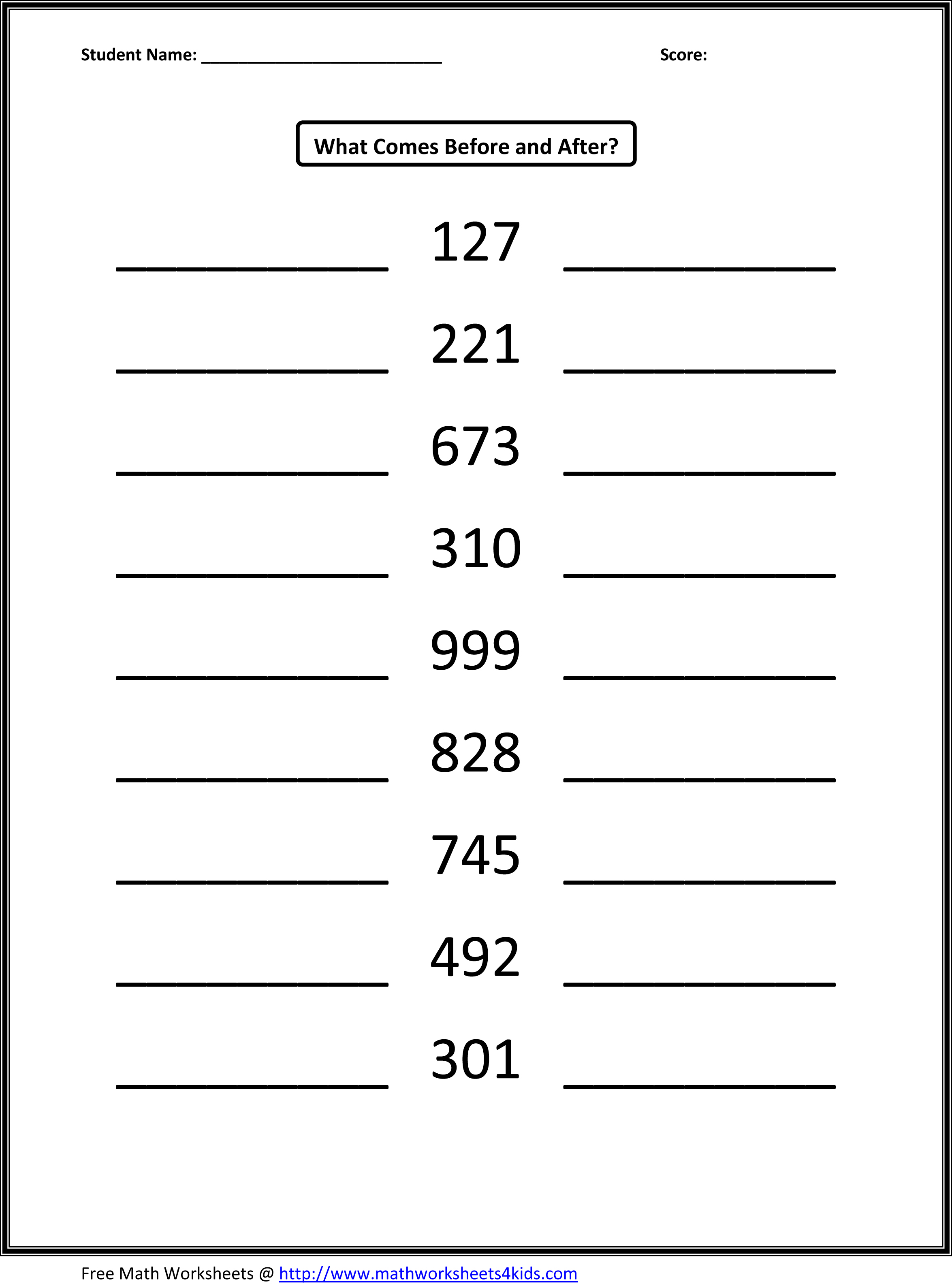




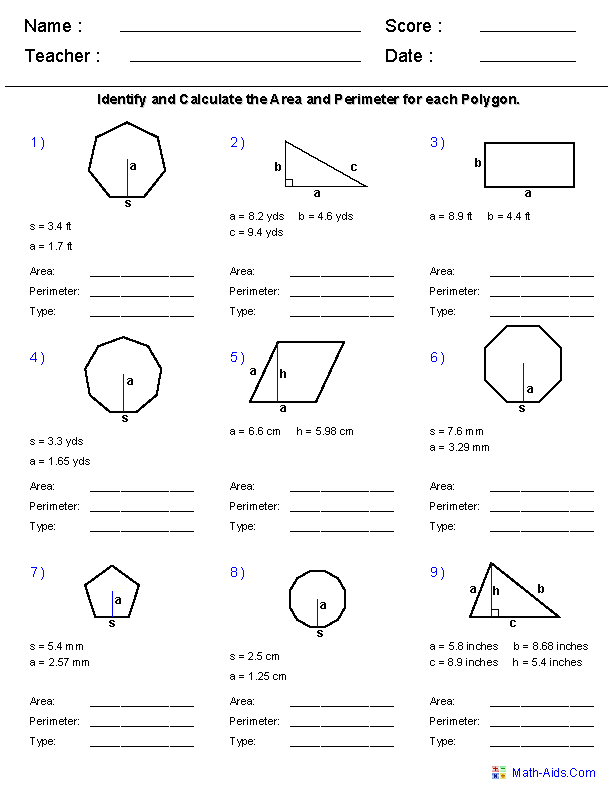
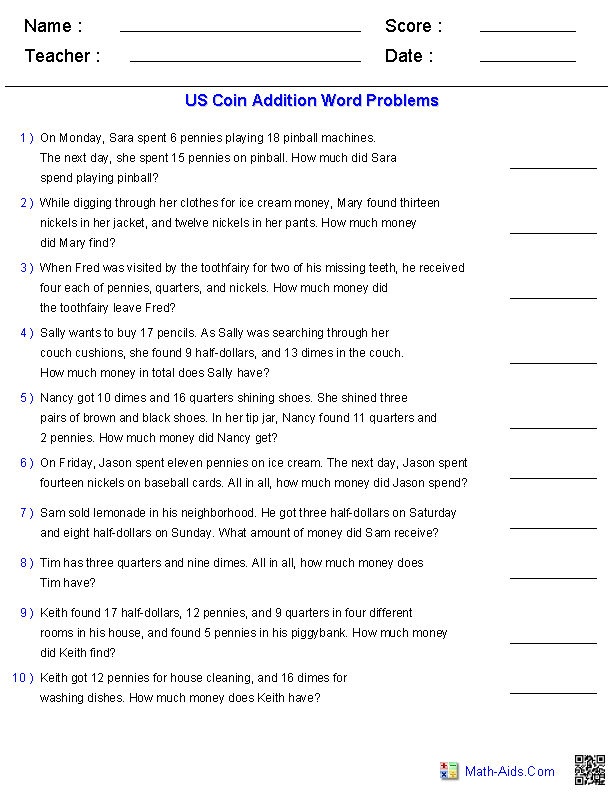
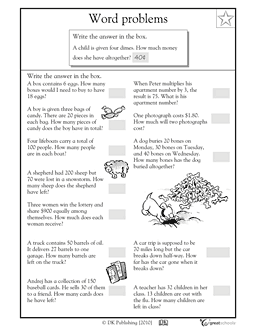
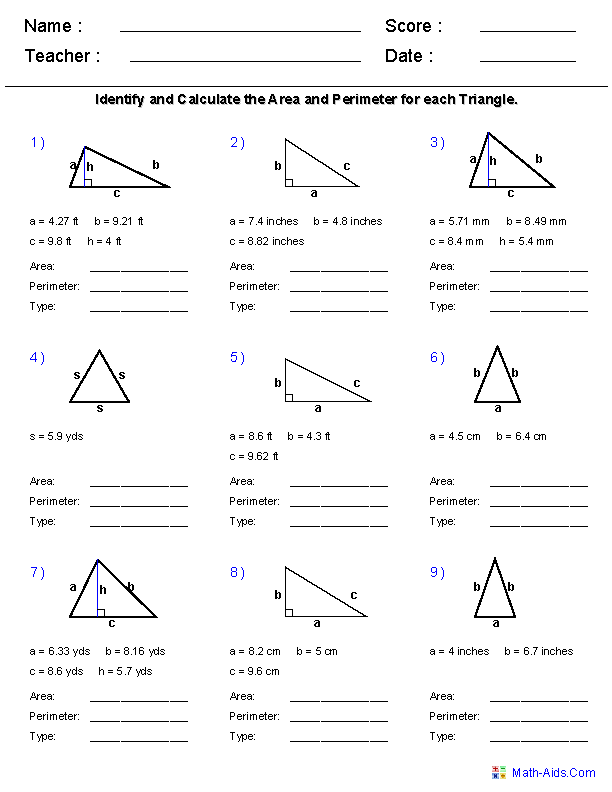

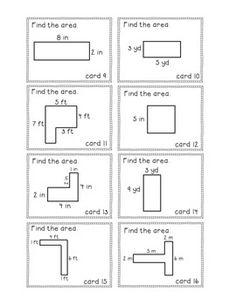


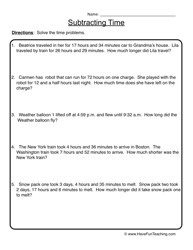
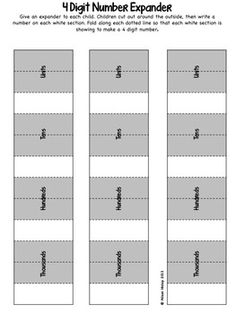














Comments